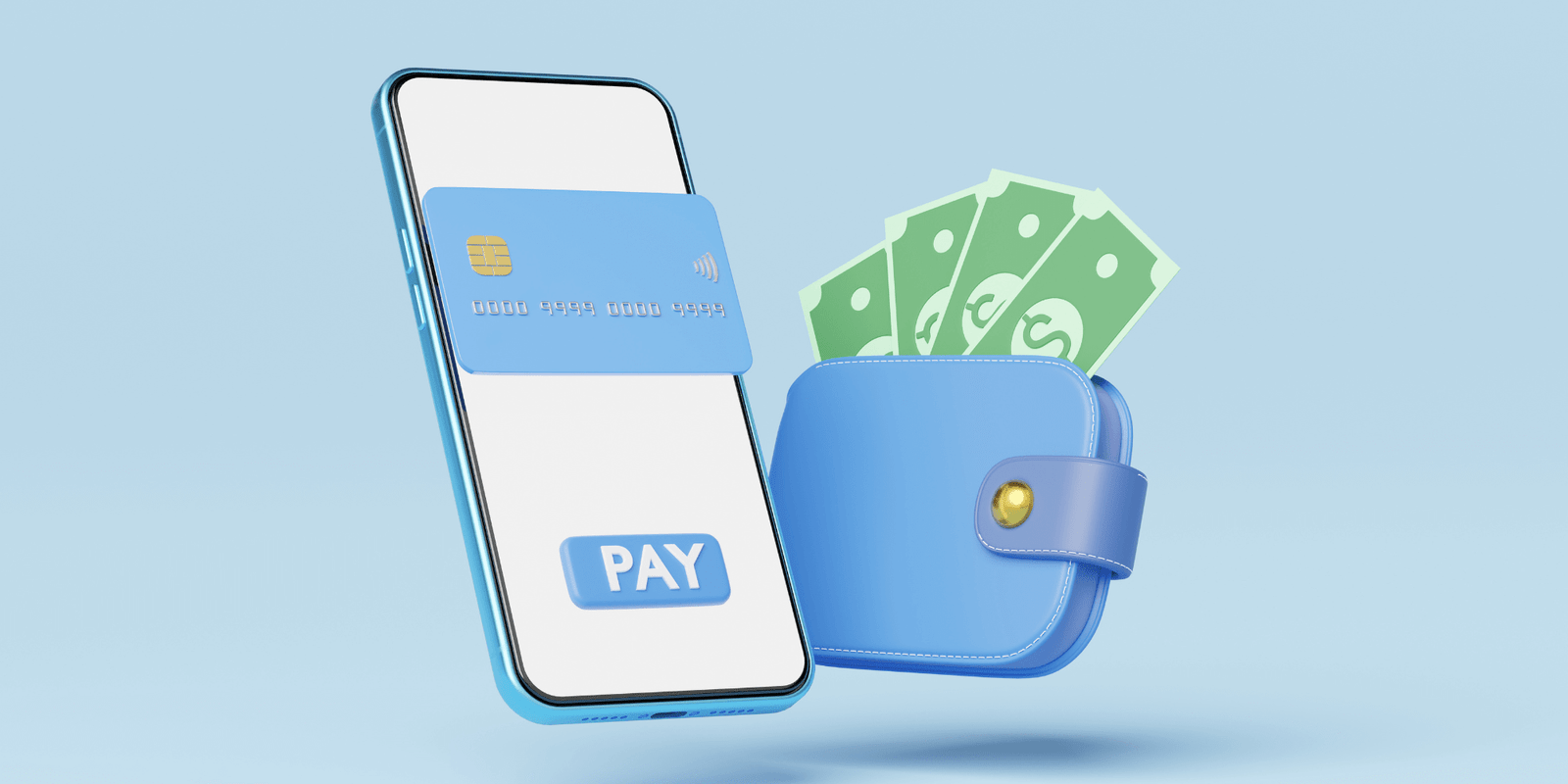How to Monetize a Blog in 2024 (7 Income Producing Strategies)

If you’re interested in learning how to monetize a blog, this blog post will give you seven strategies to monetize and earn income from your blog.
Plus, you’ll get an additional advanced strategy that you can use right from the start.
Before diving into specific monetization strategies, it is crucial to understand that successful blogs require consistent effort in building a loyal readership and delivering high-quality content.
You will need to know your niche, be able to deliver valuable information and ensure an enjoyable user experience for your readers.
Keep in mind that monetizing a blog requires patience and dedication, but with the right approach, it can become a profitable endeavor.
In the following sections, we will discuss several proven strategies to monetize your blog, from incorporating affiliate products and sponsored content to offering paid subscriptions and selling merchandise.
By selecting the right combination of these methods, you can create a sustainable passive income stream tailored to your unique blog and audience.
Understand that the key to monetizing a blog is to connect with your readers on a personal level and providing value through the content you create.
Understanding How to Monetize a Blog
Defining Monetization
Blog monetization is the process of making money from your blog by utilizing various strategies and revenue models.
It’s essential to understand different methods for monetizing in order to create a successful blog that generates income.
Examples of monetization strategies include running display ads, participating in affiliate marketing, offering sponsored posts and selling digital products or services.
Importance of Niche
Choosing the right niche is crucial when starting a blog, as it lays the foundation for your content and potential monetization techniques.
A niche helps you target a specific audience and create valuable content that appeals to their interests.
When you establish a strong presence within your chosen niche, advertisers and affiliate networks will be more willing to collaborate with you.
Additionally, a focused niche makes it easier to create and promote digital products or services that directly relate to your audience’s needs and desires.
Audience Targeting
Understanding and targeting your audience is essential for achieving success in blog monetization.
To effectively target your audience, consider the following strategies:
- Demographics: Research the age, gender and location of your readers to create tailored content that addresses specific needs or interests.
- Interests and Preferences: Identify common interests or preferences within your audience to help guide your content creation and product offerings.
- Engagement: Monitor engagement metrics such as comments, shares and bounce rate to understand how well your content resonates with your audience and make informed decisions on future content and monetization strategies.
Remember, successful blog monetization depends on providing value to your audience and meeting their needs, which is only possible if you have a clear understanding of your niche and target audience.
Strategies to Monetize a Blog

Now that we’ve covered what monetization strategy really means, the importance of blog niche and target audience, let’s get into the 7 effective strategies to monetize your blog.
1. Affiliate Marketing and Partnerships
The first effective method to monetize your blog is through an affiliate program. It’s a great first place to start as you are building up your blog post content.
By partnering with companies and promoting their products or services, you earn revenue from successful referrals.
Popular programs like Amazon Associates and others can be useful in this approach.
To succeed with an affiliate program, focus on promoting products that are relevant to your niche and build trust with your readers.
2. Display Ads and Ad Networks
Display ads are another way to monetize your blog.
You can use ad networks like Google AdSense to show relevant ads on your site and earn revenue on a cost-per-click basis.
However, be aware of the impact ads can have on user experience and be sure to not over-saturate your blog posts and pages with display ads.
3. Exclusive Content and Membership
Creating exclusive premium content for a membership site can be another form of monetization.
By offering valuable content only available to paying members, you not only generate revenue but also build a loyal audience.
Consider creating online courses, tutorials, or gated content related to your niche as part of your membership site.
4. Selling Merchandise
Selling branded merchandise is another way to monetize your blog.
This can include items like t-shirts, coffee mugs, stickers, or posters featuring your blog logo or designs related to your niche.
5. Creating and Selling Digital Products
Another effective method to monetize your blog is by creating and selling digital products like eBooks, online courses and other informational products. By leveraging your expertise, you can create products tailored to your blog’s niche and successfully cater to your audience’s specific needs.
Here are a few steps to help you create and promote your digital products:
- Identify your target audience’s pain points and preferences
- Create a digital product that addresses those needs
- Promote your product within your blog content and through targeted sales campaigns
To make your digital products more appealing:
- Offer a free sample or preview of your product
- Provide special discounts or bundle deals
- Use testimonials from satisfied customers
While CPC and sponsored post ads can be useful, combining them with offering freelance services and selling digital products is a more sustainable approach to monetizing your blog.
This allows you to maximize your passive income streams and make the most of your efforts in building a successful online presence.
6. Sell Ad Space on Your Blog
If you have a high-traffic blog, you can consider selling ad space directly to advertisers.
This allows you to bypass ad networks and potentially earn higher rates. Be sure to research market rates for your niche to determine competitive pricing.
7. Offer Sponsored Blog Posts
Working with brands to write sponsored posts can be another way to monetize your blog.
In this scenario, you write blog posts promoting a company’s product or service in exchange for compensation.
To maintain trust with your audience, disclose sponsored content and only promote products that you genuinely endorse.
When you offer sponsored posts you can start to generate revenue from your blog while continuing to provide valuable content to your audience.
Building Traffic and Engaging Your Community

Part of learning how to monetize a blog is learning how to build traffic and an engaged audience.
Below we’ll cover three ways you can do this.
Effective Keyword Research and SEO Strategy
To increase traffic and engage your community, begin with effective keyword research and an SEO strategy.
Identify the focus keywords for your content and consider long-tail keywords that have a lower competition.
User intent should drive your content, as it will enhance the user experience and encourage interaction.
Integrate these keywords strategically throughout your blog posts, ensuring you maintain a natural flow in your content.
Growing Your Email List
Your email list is a powerful tool for engagement.
Encourage visitors to subscribe by offering an incentive, such as an exclusive e-book, discount code or a free, downloadable PDF guide.
Aim to deliver valuable content regularly and consider segmenting your audience for personalized messaging.
This approach will drive traffic back to your blog while nurturing relationships with your community.
Utilizing Social Media and Trends
Leverage the reach of social media platforms to amplify your blog content and engage with your audience.
Share your blog posts and create discussions to boost visibility and generate awareness.
Additionally, stay up-to-date with current trends and integrate them into your content to create a relevant and current perspective for your readers.
Remember, consistency is key in building traffic and engaging your community.
Continually improve your strategies, adapt to industry changes and always prioritize the needs of your audience.
By doing so, you will foster a driving force of engaged visitors who will contribute to the growth and monetization of your blog.
Utilizing Analytics and Performance Metrics

To measure your blog monetization strategy effectiveness, be sure to capture and monitor key analytics and performance metrics.
Understanding CPC, CPM and RPM
When looking at analytics and performance metrics, it’s essential to understand the following key terms:
- CPC (Cost Per Click): This is the amount you earn each time a user clicks on one of your ads.
- CPM (Cost Per Thousand Impressions): This represents the amount an advertiser is willing to pay for every 1,000 impressions (ad views) on your blog.
- RPM (Revenue Per Thousand Impressions): This is the amount of revenue you earn for every 1,000 ad impressions on your site.
Analytics tools like Google Analytics can provide insights into your website’s performance, including visitor numbers, page views and engagement levels.
By tracking these metrics and understanding their relevance, you can optimize your blog for maximum ad revenue potential.
Evaluating Ad Placements and Revenue Potential
To effectively monetize your blog, you must evaluate your ad placements and identify areas with the highest revenue potential. This can be achieved by focusing on the following metrics:
- Click-Through Rate (CTR): This is the ratio of clicks to ad impressions. A higher CTR generally indicates that your ads are relevant and engaging to your audience. You can track CTR using an analytics platform or an ad network’s dashboard.
- Ad Placement Performance: Analyze the performance of different ad placements on your blog. Keep track of which placements generate the highest CTR and revenue. Experiment with different ad formats and sizes to identify the most effective combinations.
- Visitor Engagement: Understand how your audience interacts with your content. Are they only visiting one page or exploring multiple blog posts on your blog? Analyze the average time spent on your site and the bounce rate. This information can help you optimize your blog post content and ad placements for increased revenue.
By leveraging analytics and performance metrics, you can optimize your blog’s ad placements and revenue potential.
Continuously monitor and refine your strategy to ensure you are maximizing your blog’s monetization potential.
Bonus – Expanding Your Monetization Opportunities

Now that we covered 7 strategies on how to monetize a blog, let’s dive deeper into a couple more advanced strategies.
Freelance Writing and Consulting Services
Another way to monetize your blog is by marketing your expertise through freelance writing and consulting services.
You can showcase your knowledge and writing skills on your own blog, making it serve as your portfolio, which can then land you freelance gigs.
In addition, you can offer consulting services related to your blog niche, providing valuable advice to other entrepreneurs or companies.
To increase your exposure, consider doing the following:
- Reach out to potential clients through social media or email
- Join relevant freelance job boards or industry-specific platforms
- Optimize your WordPress blog to effectively display your services
How Do Beginner Blogs Make Money?
Many bloggers start with affiliate marketing once you have traffic coming to your blog.
How Many Views Do I Need to Monetize a Blog?
There is no set number of views needed to monetize a blog. It depends on your blog monetization strategy. Though, if you are trying to monetize your blog through display ads only, you’ll likely need at least 10,000 monthly views to begin to see a little income.
Is it Realistic to Monetize a Blog?
Yes, many people are making money blogging. Affiliate marketing, online course sales and eCommerce are common examples of how people do it.
Conclusion
Learning how to monetize a blog is an important step in building your blogging business and creating passive income streams.
The profitable monetization strategies we’ve covered in this blog post should get you off to a good start, even if you only have a few readers right now.
As you learn to make money blogging, you’ll join other successful bloggers in building passive income that continues to grow.






